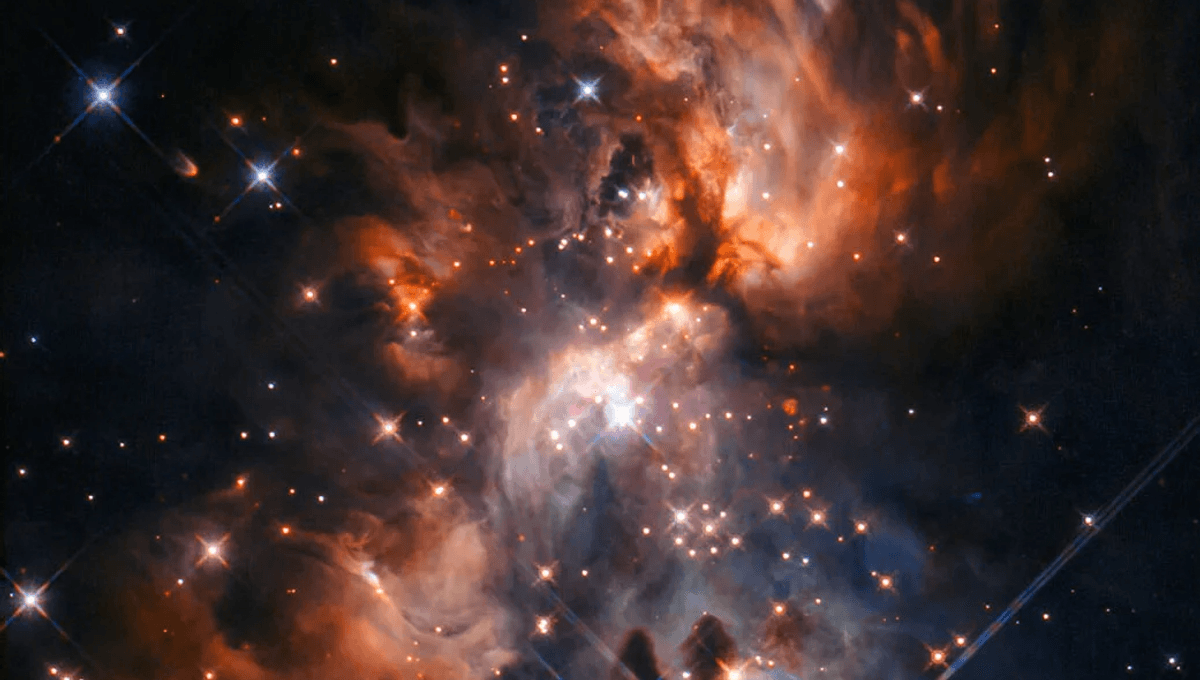
An international collaboration of radio astronomers has found evidence suggesting that massive stars might not form as models had previously indicated. The expectation was to see prestellar cores from which the largest stars slowly accumulate mass, grabbing material in turbulent flows. Instead, the stars might simply form from the direct collapse of a large chunk of molecular cloud.
The team used data from the Green Bank Observatory to look at 44 high-mass starless clumps or HMSCs. These are stellar nurseries that are, as the name suggests, yet to form stars. These large collections of gas and dust appeared to be in a sub-virial state. A system is in a virial state if the kinetic energy and potential are balanced out. The system of discrete particles is stable.
Eventually, stellar nurseries will have to become unstable for stars to form. But astronomers were not ready for just how unstable 43 out of the 44 clumps appeared to be. They simply do not have enough internal energy to push back against the irresistible gravitational collapse. This is very different from the turbulent core model, which expects them to be in equilibrium before star formation begins.
“Instead, the data we saw suggests a more dynamic process involving rapid collapse. HMSCs are undergoing an almost free-fall collapse, explaining why genuine massive prestellar cores are so rarely observed. To prevent collapse, these regions would require unusually strong magnetic fields. These fields are the invisible scaffolding of the Universe, holding things up in ways astronomers are just beginning to understand,” lead author Professor Ke Wang, of Peking University’s Kavli Institute for Astronomy and Astrophysics, said in a statement.
The data collected delivered not just their motion but also the structure and composition of these and many other molecular clouds. Since massive stars are responsible for the creation of heavy elements crucial to life, understanding them allows us to get insight into the origin of our planet and ourselves.
“The Universe is a giant puzzle, and surprising findings like this are a sweet part of life as an astronomer,” added Fengwei Xu, co-author of the paper.
The team plans to use the Atacama Large Millimeter/submillimeter Array to confirm their findings, probe the birth of massive stars, and even investigate the magnetic fields within these massive clumps.
The study is published in The Astrophysical Journal Letters.
Source Link: Massive Stars Might Be Forming In A More Cataclysmic Way Than Expected